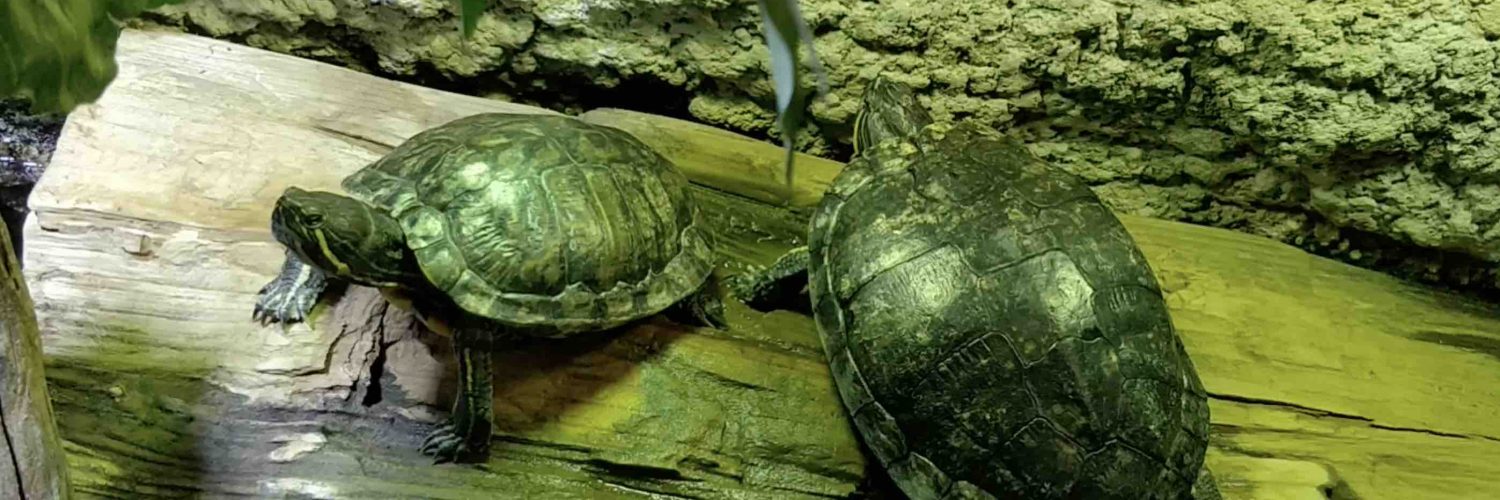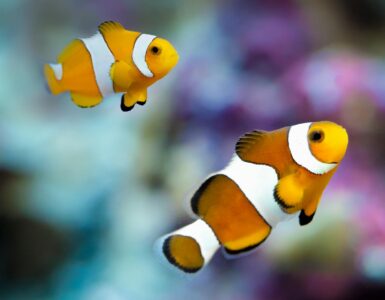As a kid, most of us would have heard the story about the Tortoise and Rabbit race, where Tortoise defeated the lazy rabbit. The moral of the story is that slow and steady wins the race.
More than the steadiness of the Tortoise, as a child, I was more fascinated by the bodily qualities of Turtles or Tortoise.
It was a spectacle to watch their head promptly going inside their shell whenever they saw the imminent danger and then slowly peering to see if the situation was good enough for them to venture back.
The introverted child in me wondered if I could borrow this beautiful feature.
Apart from their head-popping skills, here are other interesting facts about turtles and tortoises I have gathered over the years.
Interesting facts about Turtles
Not all Turtles can do Head in and out – First and foremost, not all Turtles can retract their heads. While many turtles live on land, others live in the sea, and others are hybrid – they can live on land and water.
The shell of sea turtles is flattened to help them maneuver in the water. Hence the tiny space does not give them enough room to retract their limbs inside their shell.
Land turtles and tortoise have a giant arched-shaped shell that works as a defense mechanism and allows them to go inside their shell.
Tortoises, which we most commonly see, are a variety of turtles that live on land and aren’t equipped for water.
Shells are their skeleton – The shells we prominently see on their body and which make them so unique is their skeleton. Turtle’s hard shell is made of about 50 bones.
Turtles are among the oldest species – Turtles are one of the oldest living creatures on this planet and live alongside dinosaurs. Marine turtles were around more than 100 million years ago.
Turtles do not have any teeth – Turtles use their beak-like mouth to grasp their food.
Turtles can drastically vary in size – The smallest can measure around 70cm long and weigh up to 40kg, while the bigger ones can reach up to 180cm long and weigh 500kg.
Turtles can make a lot of noise – Contrary to their calm demeanor, they can create a lot of noise when need be. They can be as loud as dogs, and the range of their noise can be anything from dog-like barking to chicken-like clucks, depending on the kind of species.
Turtles and Tortoise are Legendary


It was not just me; turtles have been the object of human fascination for thousands of years.
In ancient Indian text, Kurma was the second incarnation of Lord Vishnu. Kurma is a Sanskrit name for a Turtle or Tortoise. As per the legends, Kurma lifted the gigantic Mandaranchal mountain on his back during the Samudra Manthan (Ocean churn), creating an elixir that the gods consumed to ensure their immortality.
In China, Tortoise is part of the four auspicious animals guarding the four directions – the Dragon of the East, the Bird of the South, the Tiger of the West, and the Tortoise of the North.
In the local legends of many indigenous groups of North America, the turtle carries the Earth upon its back.
In Africa, turtles are considered one of the cleverest and most intelligent creatures.
The Interesting Facts about Turtles that gives them Trouble
Turtles like colorful food – Turtles seem to like colors and hog a meal that attracts them. This fascination for the colors gives them problems as well. The colorful plastic wrappers strewn all over the water bodies get their attention and are easily grabbed as a food items, which is harmful.
Moreover, increasingly thousands of sea turtles are accidentally caught by fishing equipment; not sure if that is due to colorful fishing nets or large-scale industrial fishing.
Turtles lay their eggs on land – All turtles, including sea turtles, lay their eggs on the ground, preferably on the sand. This temperature of the sand plays a part in determining the gender of their kids, warmer nests lead to more females, and cooler ones lead to more males.
Hence, climate change plays a huge part in the future of these animals. The increased sand temperature (higher temperatures) will produce more females than males, skewing sex ratios and chances of future offspring.
Here is a quick recap video on the interesting facts about Turtles







Add comment